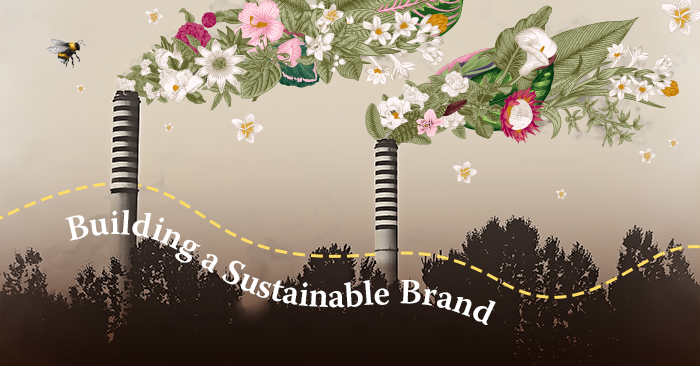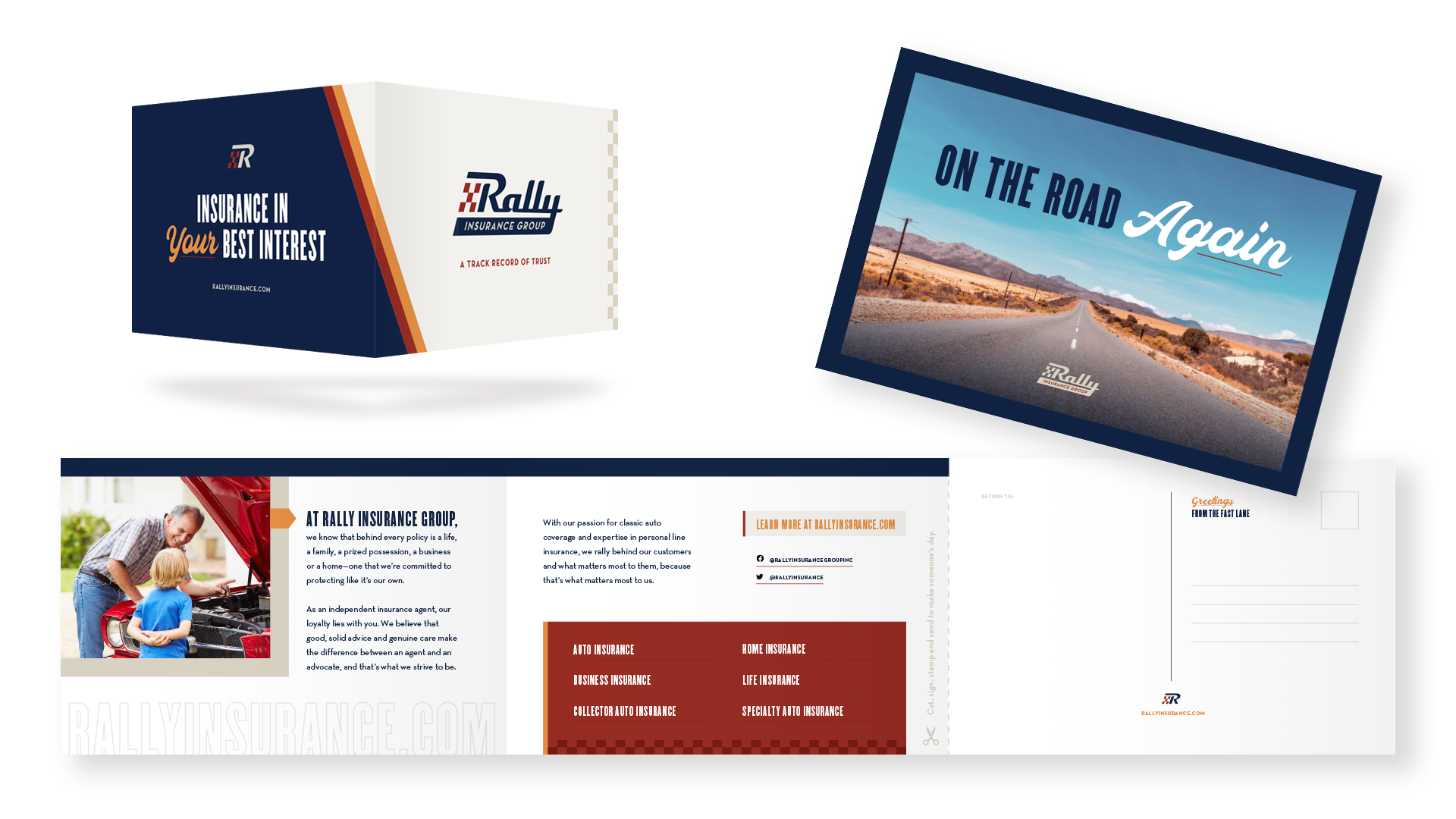3 Sustainable Branding Habits to Adopt Today

It’s safe to assume that if you’re reading this, you’ve already glazed over at least 10 terrifying climate change articles today. Fires, floods, and finger pointing are daily headlines, and more often than not we’re left with nothing more than an ambiguous call to action for big business. But what can people actually do to help move the needle?
Sustainable options are expanding every day and becoming more cost-effective than ever, and don’t forget that 57% of consumers would consider changing their purchasing habits to reduce environmental impact. The state of California, the world’s fifth biggest economy, also ranks in the top five for environmental friendliness. The bottom line? What’s good for the environment is good for business. I don’t have all the answers, but I can give you three places to start.
1. Extend Life Cycles
We already demystified sustainable printing but, before you get there, consider how extending the life cycle of a printed piece can reduce environmental impact even further. Take a tip from Rally Insurance, who worked with us to transform a simple leave-behind postcard into a marketing swiss army knife. We wanted to create a piece with more longevity than the average tradeshow takeaway, so we created a tri-fold brochure that can be propped into a 3D display that attracts more foot traffic. The best part? The trifold also includes a detachable postcard that can be personalized and mailed, sponsoring moments of joy between friends while also generating new referrals. One postcard may have been picked up and tossed a few hours later, but the added functionality gave us three interaction opportunities with just one print.
Now you’re thinking about sustainability in terms of physical products, but what about digital sustainability? When a machine loads up a website, it uses energy to process the code on that site. The more complex a site’s animations, copy and graphics, the more energy it takes to maintain and the larger the carbon footprint. Remember that 14 year old who reduced government spending by swapping their font? It’s kind of like that, but in the digital world. Streamlining your website navigation and opting for more minimal design can actually decrease your environmental impact. Customers are happier when they can find information quickly, and websites that are easier to navigate see more conversions.
The same is true for email campaigns. According to one UK study, if every adult sent one less “Thank You” email per day, carbon emissions would be reduced by 16% per year. That’s not to say you should stop thanking people, but it’s worth considering before firing off your next e-blast. Combining content strategy with careful targeting means that your messages reach the right people at the right time, and you’ll need fewer communications overall to make a connection. Another top offender is PowerPoint. Large, text-heavy presentations aren’t just consuming more energy, they’re actually ineffective. Consider building an interactive activity or designing an engaging workbook to keep your meeting energized.
3. Revise Your Swag Approach
It’s not a marketing secret: people love free sh*t. Conference attendees fill their bags with every pen, stress ball, and mug in sight. However, the promotional products industry is actually pretty close to fast fashion. They churn out billions of low-budget items that are shipped around the world on trend-based timelines, and it’s devastating the environment. Instead, use local or domestic vendors who offer water-based inks and sustainable materials, like organic canvas tote bags, instead of plastics. You could even consider offering experiences like 5-minute massages or partnering with a local bakery to make cupcakes frosted with your logo.
If reducing the environmental impact of your brand feels like a daunting task, that’s ok. You don’t have to do it all in a day! But, you can start making a difference right now by extending the cycle of your materials, considering sustainability in digital spaces, and revising your swag approach. You would be surprised how many sustainable options are out there if you just start asking for them!
Want to do more? Us too! Let’s collaborate.
Instagrammable Pop-Up Events | A 29Rooms Review
Respect the Process
Marketing to Women: The Dos and The (Please Definitely) Don'ts









